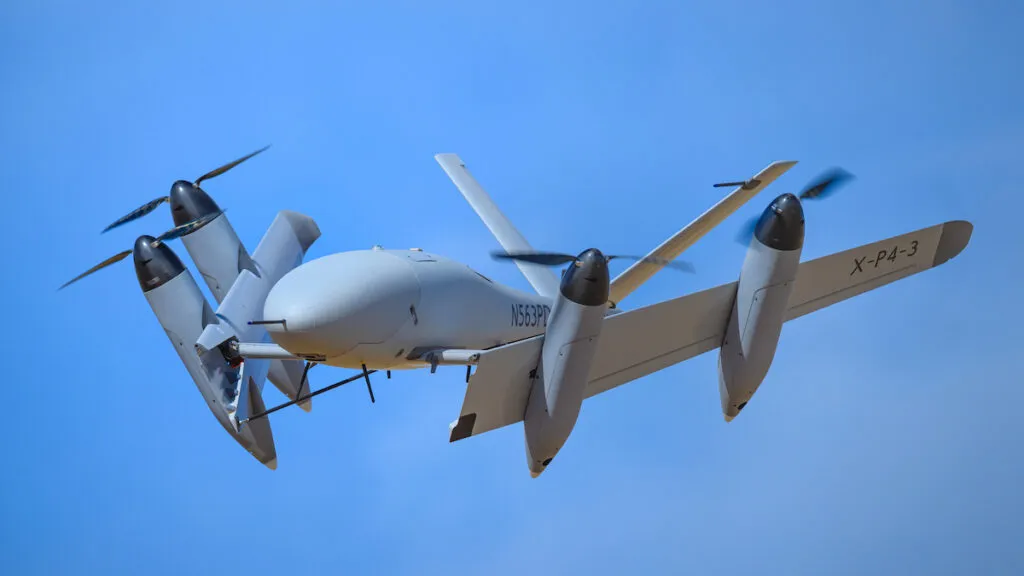Researchers Theodore Nye-Matthew and Xinhua Wang, affiliated with the University of Liverpool, have delved into the innovative realm of vertical take-off and landing (VTOL) aircraft with their recent study on a middle-size tilt-rotor quadrotor design. This novel aircraft, intended to carry a single pilot, represents a significant stride in aviation technology, with promising applications for both civilian and military sectors.
The researchers have meticulously developed a mathematical model and 3D design for this advanced aircraft, which incorporates a hybrid powertrain to drive eight ducted, contrarotating propellers. This hybrid system combines traditional gas turbine technology with electrical motor and battery systems, offering a versatile and efficient power solution. The aircraft’s design also includes multiple redundancies, ensuring safety and reliability even in the event of propeller failure.
One of the study’s key aspects is the analysis of the aircraft’s controllability during the take-off phase. By leveraging the parameters derived from their model, Nye-Matthew and Wang have confirmed the aircraft’s viability through comprehensive simulations. The tilt-rotor quadrotor’s design also features a semi-autonomous flight control system, which can operate at varying levels of automation depending on environmental factors or the specific phase of flight.
The practical applications of this research are vast, particularly in the defence and security sector. The aircraft’s VTOL capability, combined with its hybrid powertrain and advanced control systems, makes it an ideal platform for a range of military operations. These include reconnaissance, surveillance, and rapid response missions, where the ability to take off and land vertically can provide a significant tactical advantage. Moreover, the aircraft’s lightweight design and redundancy features enhance its suitability for deployment in challenging environments.
In the civilian sphere, this innovative aircraft could fill a niche in the aviation market, offering a versatile and efficient solution for various applications, such as emergency medical services, search and rescue operations, and urban air mobility. The study’s findings not only contribute to the advancement of aviation technology but also pave the way for future developments in hybrid powertrains and semi-autonomous flight control systems.Read more at arXiv.

